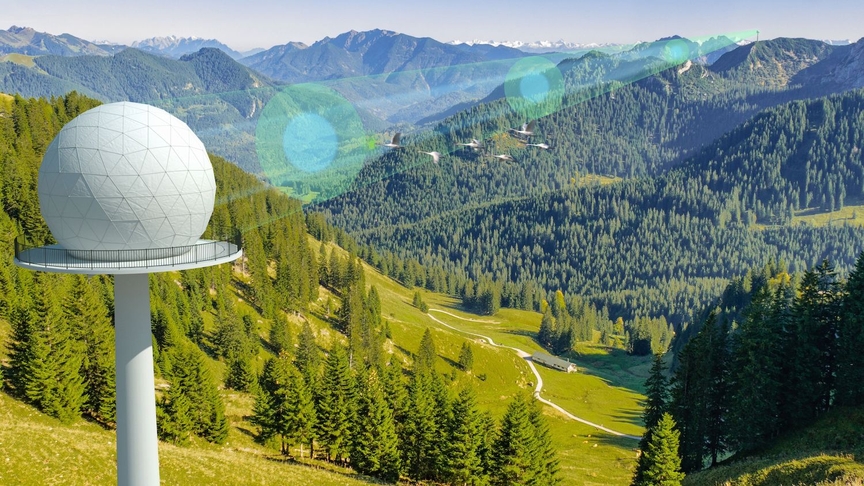Emerging energy technologies needed to support the sustainable energy transition

As governments and utilities across the world begin to commit resources to transform energy systems to support the transition to a sustainably powered grid, we are presented with a unique opportunity to stop and think about the type of grid system that we want to create for our future.
Can we build a modern grid system designed to withstand and adapt to the needs that will be placed upon it, with the pressures of climate change, electrification of industries and the shift toward decentralised grid systems? What emerging energy technologies can be used to support this transition?
If ever there was a time to lay out all the tools available, to inform decisions about the new grid we want to build, this time it is now.
Pressure on existing grid infrastructure
Ageing electric transmission infrastructure and an increase in the supply of renewable energy projects is putting significant pressure on grid operators’ ability to keep up with development needs.
In the United States, the average age of the installed powerline infrastructure is forty years old, with more than a quarter of the grid fifty years old or older. According to an article in Public Utilities Fortnightly magazine, upward of a hundred and forty thousand miles of transmission lines will come due for replacement over the next three decades. “To simply upgrade this infrastructure and maintain the status quo would require an investment of more than seven hundred billion dollars, by our calculations.” – Christine Oumansour, Curt Underwood, Gerry Yurkevicz and Todd Bowie.
On top of this, the demand for electricity is increasing with industries becoming electrified and the supply of renewable energy is increasing as more sustainable development projects come online. This is putting significant pressure on the current system and technology for linking sites into the grid.
According to James BruggersInside, Climate News, the nation’s largest electric grid operator is so clogged with requests from energy developers seeking connections to its regional transmission network in the eastern United States that it is proposing a two-year pause on reviewing more than 1,200 energy projects.
And this is just the beginning. “Three hundred and thirty gigawatts of utility-scale wind and solar generation capacity expected to come online in North America by 2029” according to Christine Oumansour et al.
There are more than enough renewable energy sources to power the world, the challenge lies in re-designing a grid system designed to accommodate more decentralized and remote power sources.
According to a research paper published on NCBI, two-thirds of the offshore wind power off the U.S. Northeast is sufficient to provide all electricity, all light-vehicle transportation fuel, and all building heat for the adjacent states from Massachusetts to North Carolina – Electric Power from Offshore Wind via Synoptic-Scale Interconnection.
Using emerging energy technology to modernise grid infrastructure
“The new model requires a different grid concept, one that is more flexible and relies less on centralized infrastructure.” Christine Oumansour et al.
There is a call for key decision-makers to look to new technology to support the development of a more modern grid. It is an exciting opportunity to fuel innovation within this space, to provide solutions that can help to:
- Cost-effectively rebuild grid infrastructure to meet the need for more, sustainably produced power
- Future proof infrastructure to cope with expected climate changes
- Overcome challenges that create inefficiencies in the deployment and performance of electricity grid systems
The solutions to support the deployment of an upgraded, modernized grid can be categorized into two buckets; technology to increase the load and optimize energy flow of current energy infrastructure, and new ways of distributing energy that overcomes the challenges of traditional line and pole infrastructure. You can read more about some of these technologies in Gordon Feller’s ‘4 transmission technologies to watch’ article.
Long-range wireless power transfer technology falls into the latter bucket. It is a completely new way of distributing power, without the restrictions of having to lay lines. It offers a solution that is flexible, adaptable and overcomes the challenges of traversing challenging terrain which impeded many sustainable development projects.
Wireless power transfer technology must be given a seat at the Sustainable Energy Infrastructure Transition table. It is a promising and innovative tool available to re-design how and where we generate and use power.


